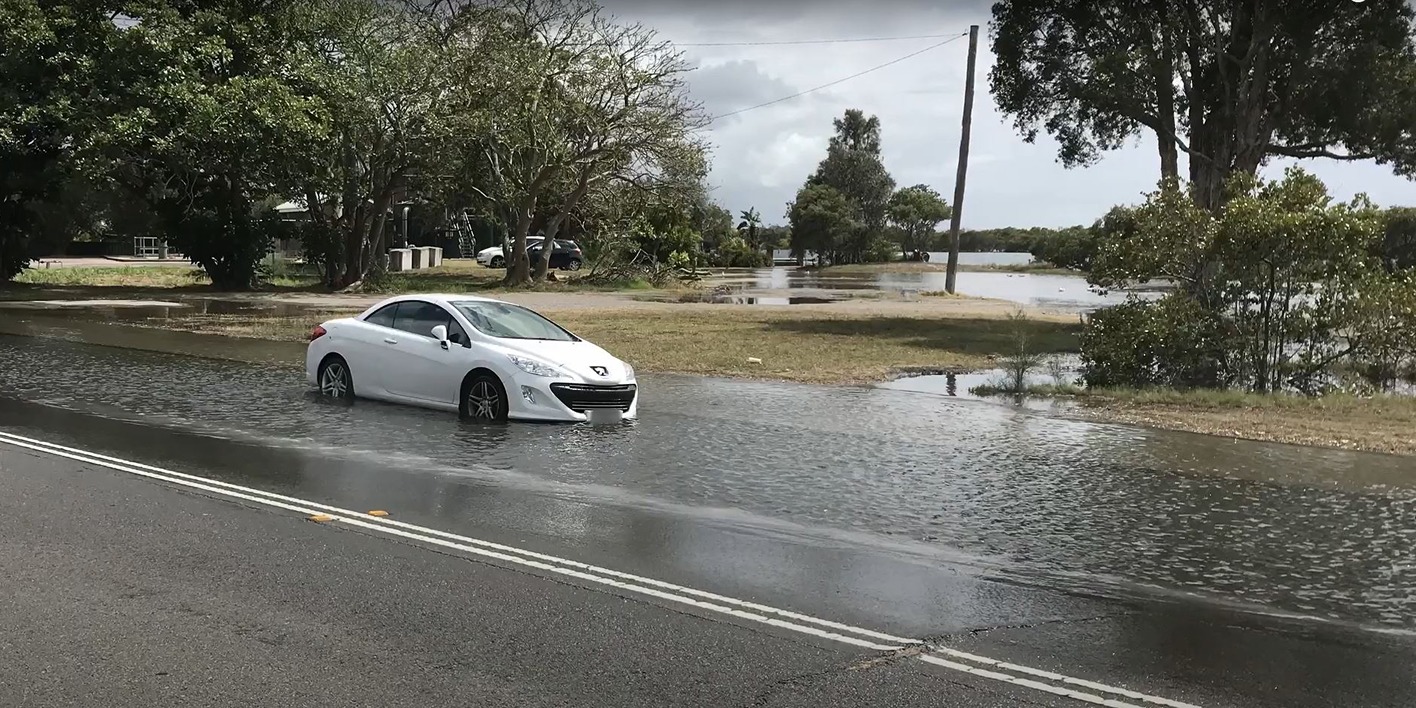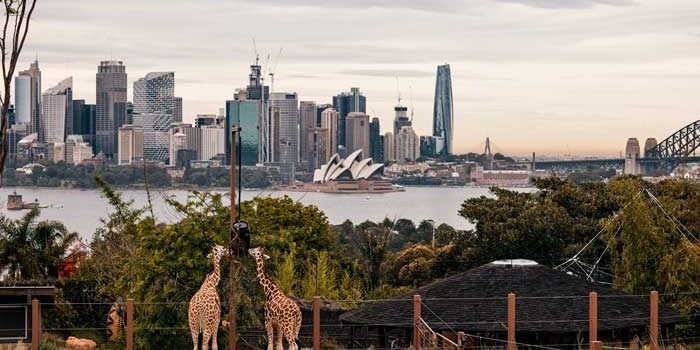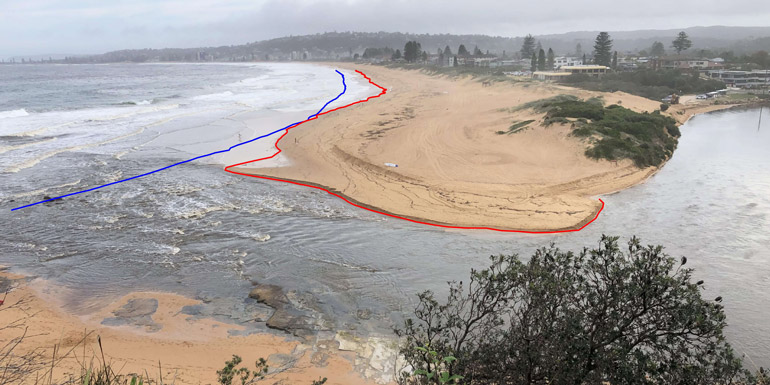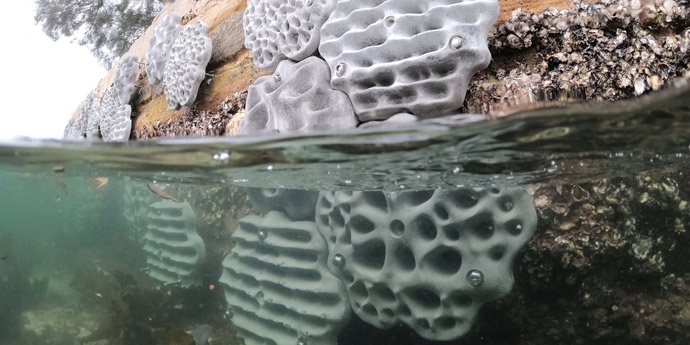About this case study
Sea level rise
Local government
Climate smart design
Tidal inundation is already a challenge for the picturesque town of Swansea, perched on the edge of Lake Macquarie.
Swansea’s central business district is often inundated following heavy rainfall or high tides. Roads and cycleways are flooded, drainage systems blocked, and businesses prevented from opening their doors.
John Gilbert, City Resilience Project Officer, Lake Macquarie City Council
Lake Macquarie is the largest coastal saltwater lake in the Southern Hemisphere. Predicted sea level rises are expected to increase the impact of high tides on the towns that sit on the lake’s edges.
Council modelling has found the frequency, depth and duration of inundation will increase with climate change. The consequences could be profound, with new challenges for transport, water and sewerage infrastructure, land use planning, traffic management, emergency responses, community health, business continuity and more.
To find an adaptive solution, three types of tidal gates were installed at four locations known to be frequently inundated by tides and storm surges. These included two types of tidal valves and a tidal flap.
Tidal gates were purchased from three separate manufacturers, each assessed on cost, safety, quality environmental impact and the time required to manufacture and install.
The tidal valves – one which was sourced from Switzerland and was the first installation in Australia – are made from a flexible plastic membrane which are fitted over stormwater pipes. During heavy rain or high tides, the valves automatically open to allow stormwater to flow out of the pipes. The membrane closes when there is no pressure from stormwater.
Tidal flaps, made from marine grade steel, are fitted into a pipeline or headwall at the outlet of a stormwater network. The flap automatically opens with hydraulic pressure to allow stormwater to flow out and then closes when tidal water rises, forming a seal between the flap and the pipe or headwall. This stops tidal waters from entering the stormwater network.
The experimental tidal gates were installed between March and December 2021. At the same time, several other activities were undertaken, including a headwall upgrade, erosion protection and installation of a gross pollutant trap.
A range of resources, including videos, were produced to share the story of the project with the wider community and other councils.
John Gilbert, Lake Macquarie City Council’s City Resilience Project Officer says stakeholder engagement was a “cornerstone” of this project. “Early cross-departmental engagement ensured stormwater engineers, capital works teams and maintenance crews were on board the project. Council also undertook community engagement initiatives.” This included a school environmental learning competition, eight briefings to the community working groups, and a guest lecture at the University of Newcastle.
“Students from the University of Newcastle are now designing a plan to integrate this project into Council’s capital works program.”
Council and the community will continue to monitor the gates to determine their long-term advantages, disadvantages and efficacy.

So far, the tidal gates have protected low-lying infrastructure in Swansea CBD from impacts of climate change, tidal inundation and storm surges. Best of all, the project has built community resilience by empowering the community to embrace practical climate adaptation.
This project has shown a proof of concept and valuable lessons to build future resilience. With the knowledge, contacts and capability, Council can now scale-up this project.
John Gilbert, City Resilience Project Officer, Lake Macquarie City Council
This project was proudly funded by the NSW Government with support from Local Government NSW.
Case studies

Ensuring there’s enough water in the moat may not be a common challenge for those preparing for changing climate conditions.

Learn how a citizen science program uses smartphone photographs from beach-goers to monitor changes in NSW coastlines over time.

Living seawalls can help marine biodiversity and protect coastal areas from sea level rise. Creating 'natural' seawall surfaces provide habitat for marine life.